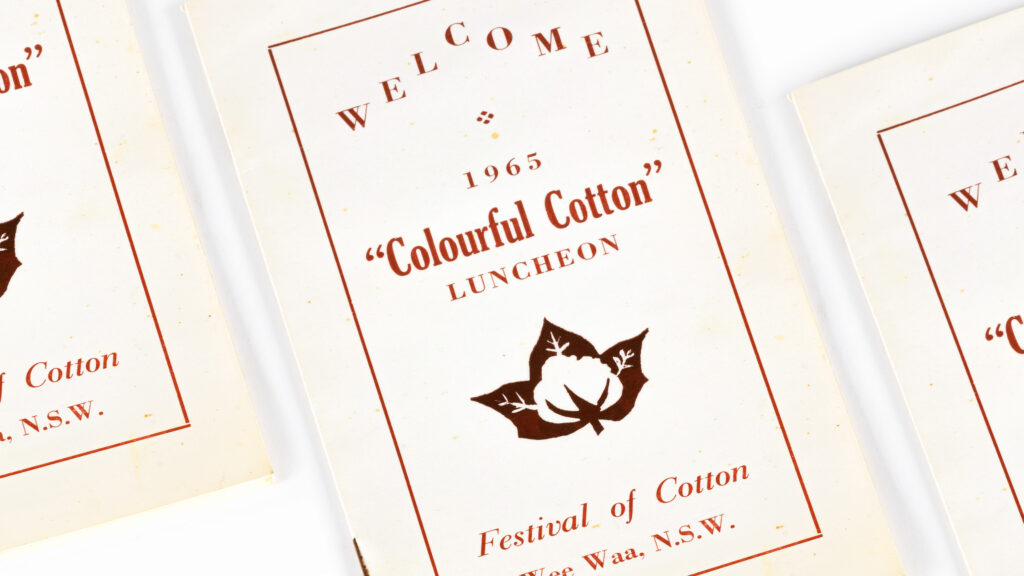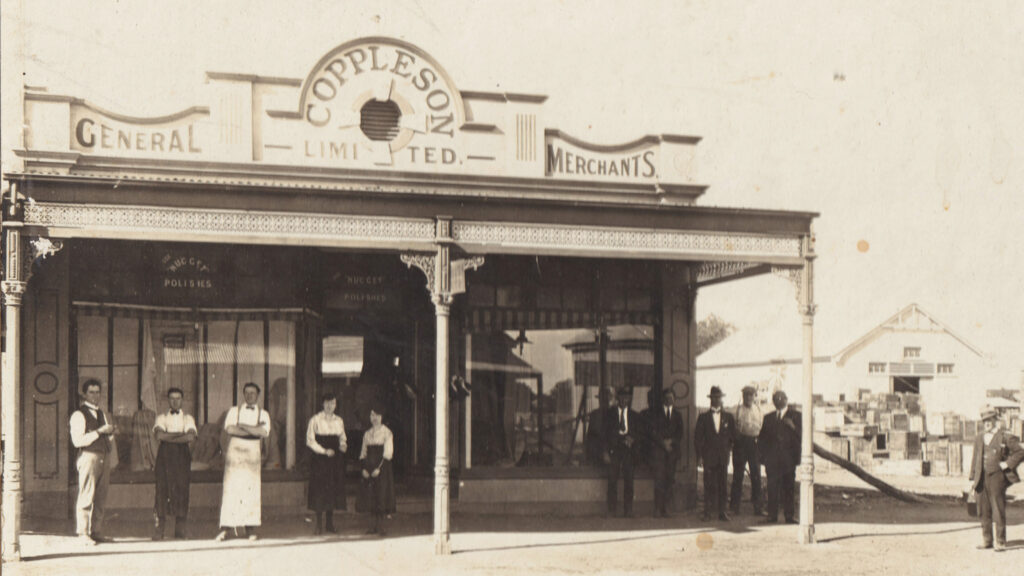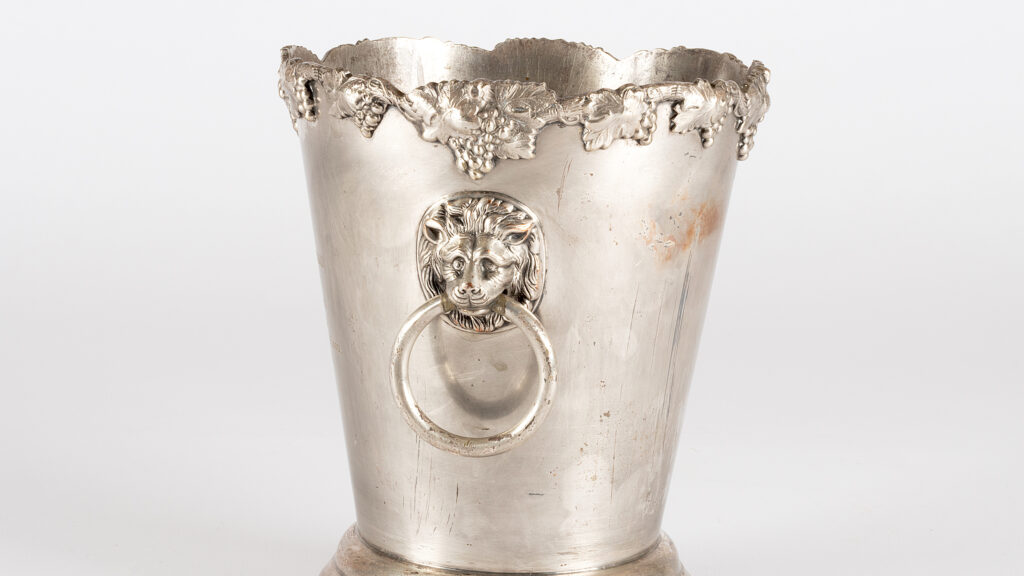
A man with an eye for passing trade, Mr John Selfe built the Imperial Hotel on what was to become Wee Waa’s main road. The 40-room hotel had already changed hands a few times and was leased by Mr W. Maher when a fire consumed the street on Valentine’s Day in 1912. The blaze started […]
Read More…

In 1961, frustrated with taxes and regulations in the United States, cotton growers Paul Kahl and Frank Hadley migrated with their families to Wee Waa on a hunch. Their arrival proved unexpectedly challenging for all concerned, the locals were wary of the pace and practices of the blow-ins, and the Americans struggled to get to […]
Read More…

The crowning of cotton as king in the Namoi is widely credited to two Americans who arrived in the 1960s, but cotton was first discussed as a crop with potential forty years earlier. In 1921, the Imperial Cotton Committee investigated the land around the Namoi River. When nothing resulted following the visit, there were calls […]
Read More…

Drought, floods and bushfires are part and parcel of a grazier’s life in north-western New South Wales. In the colony’s early days, if the weather didn’t get to the sheep, dingoes often did. As the settlers gradually eradicated the dingoes, rabbits spread like a veritable plague on the land, eating all the grasses. Hungry sheep […]
Read More…

Originally from Russia, Albert Abram Coppleson (1865-1948) was never one to shy away from a challenge. After leaving home at sixteen, walking to Hamburg, then travelling to London, he met Polish-born Woolf Ruta Cohen. In search of adventure, the pair made their way to New South Wales. Spending his first few years in the colony […]
Read More…

Narrabri is understood to mean ‘forked waters’ in the Kamilaroi language, its location being at the convergence of three waterways – the Namoi River, Narrabri Creek and Three Horses Arms Creek. Unrelenting rain in 1955 saw these waterways swell, causing the agricultural town to flood. With water rising rapidly, many residents took a handful of […]
Read More…







